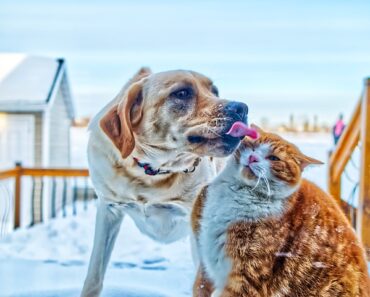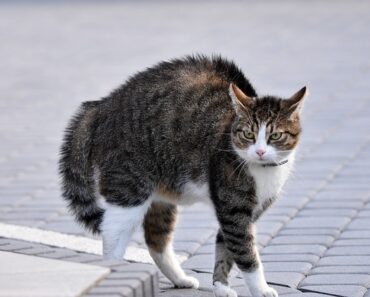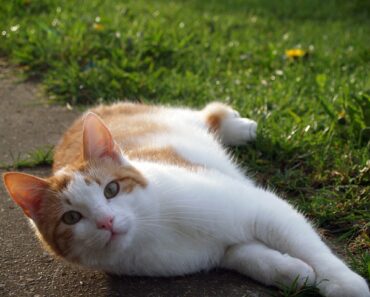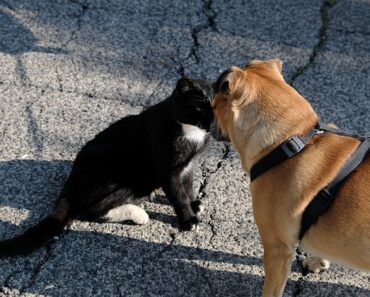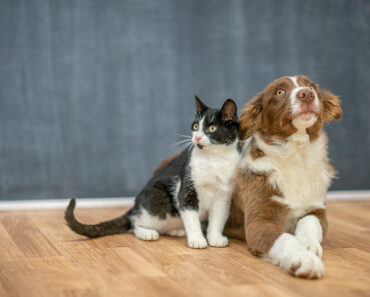
For the kitten, everything plays during the first year: skeletal consolidation, muscle development, growth of teeth and coat… Hence the need to wean him at the right time and to feed him well.
Weaning the kitten at 2 months
For the first four weeks, a kitten feeds exclusively on maternal milk, hanging eight to ten times a day from its mother’s teats.
When your kitten arrives at your home, around the age of 8 to 12 weeks, it must be weaned. This is an important step that must not be neglected. Under the pretext that he is still a baby, do not give him cow’s milk, which he digests poorly. Give him solid kitten food, taking care not to abruptly change brands or types of food.
If you have to feed an orphan kitten, you will have to give him adapted milk until he is old enough to be weaned.
How many meals a day for a kitten?
At the beginning, around 2-3 months, a kitten eats at least 6 meals a day.
As he grows, he will have 4 then 3 meals and then, around 6 months of age, 2 meals a day.
Give him small amounts of food, but frequently. In order to best define daily rations (which vary according to breeds) and the composition of menus, don’t hesitate to ask your veterinarian for advice (who can also advise you on the care to give your kitten). The standard quantities are also mentioned on the packaging. Respect them to prevent weight problems. Obesity is rare in kittens.
If you have your kitten spayed or neutered at about 7-8 months of age, you must monitor her diet, especially if she is not very active (living in an apartment).
What food to give a kitten?
There are several types of food for kittens: pouches, trays, cans or different forms of dry food. The choice between wet or dry food depends on your decision and your kitten’s taste. You can also opt for the household ration that you prepare yourself.
Industrial food ensures a perfectly balanced diet. The so-called “special kitten food” (cans or kibbles) covers the kitten’s intense need for protein, energy and essential fatty acids.
The croquettes are simple to dose: you weigh the quantity to be put in the bowl and it’s ready! It’s a food that doesn’t get dirty, is easy to store and keeps longer than wet food once the package is opened. In addition, since cats are snackers who like to make many small meals throughout the day, they can be left to eat on their own.
However, some kittens prefer the aroma and texture of wet food, so it can be conveniently packaged in individual packets, which ensure an easy meal to serve.
If, after a few weeks, you want to change your kitten’s diet, always do it gently. Mix a small amount of the new food with her current food for a few days.
Most cats reach their final size at 6 months of age, but their skeletons still need to strengthen. A kitten should not eat adult cat food before 12 months of age.
Where should you place your kitten’s bowl?
Your kitten must quickly develop good eating habits. Preferably place her food bowl in the kitchen. Prefer a shallow bowl for a kitten. Provide a second one to leave water available, especially if you choose to use a kibble bowl. If you have several cats, each one should have its own food bowl.


